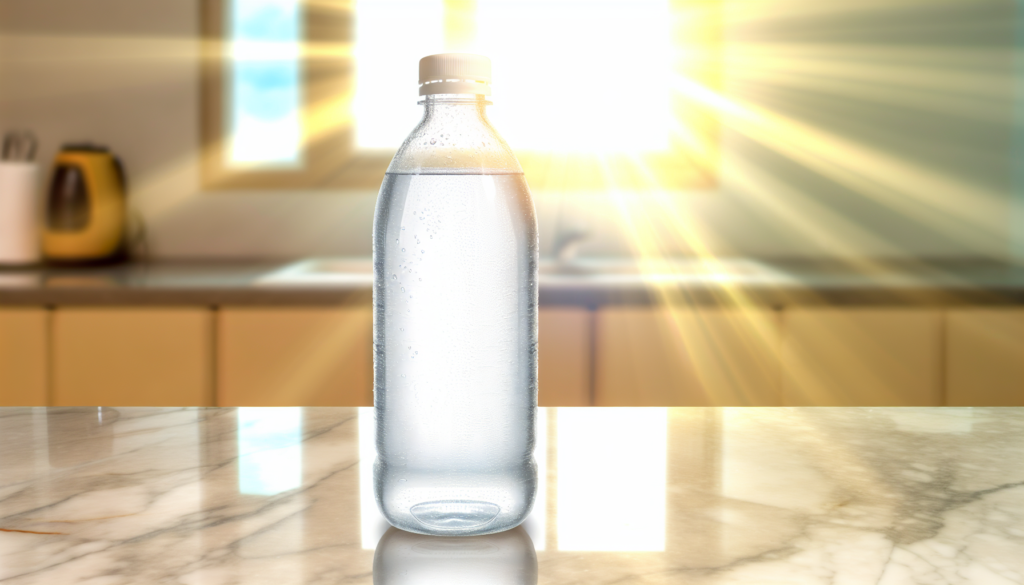The journey to clear skin can sometimes feel like an uphill battle. Between hormonal changes, environmental factors, and our hectic lifestyles, our skin often bears the brunt of these challenges. But don’t worry! Achieving a radiant, blemish-free complexion doesn’t require expensive treatments or complicated routines. With the right knowledge and consistent care, you can achieve clear skin fast and maintain it for years to come. These essential tips will help you transform your skin and boost your confidence naturally.
Understanding Your Skin Type
Before diving into any skincare routine, it’s crucial to understand what you’re working with. Is your skin oily, dry, combination, or sensitive? Each skin type requires different care approaches.
How to Determine Your Skin Type
The easiest way to identify your skin type is the “bare-faced” method. Wash your face with a gentle cleanser, pat dry, and wait an hour without applying any products. Then observe:
Understanding your skin type helps you choose appropriate products and avoid those that might worsen your skin concerns.
Consistent Cleansing
Cleansing is the foundation of any effective skincare routine. It removes dirt, excess oil, and impurities that can clog pores and lead to breakouts.
Morning and Evening Cleansing
Use a gentle, pH-balanced cleanser twice daily. In the morning, cleansing removes sebum produced overnight. In the evening, it washes away makeup, sunscreen, and environmental pollutants accumulated throughout the day.
Don’t over-cleanse though! Washing your face more than twice daily can strip natural oils, triggering your skin to produce even more oil as compensation.
Exfoliation: The Game-Changer
Regular exfoliation removes dead skin cells that can make your complexion look dull and clog your pores. However, moderation is key.
Chemical vs. Physical Exfoliants
Chemical exfoliants (like AHAs and BHAs) dissolve the bonds between dead skin cells, while physical exfoliants manually scrub them away.
For most skin types, chemical exfoliants are gentler and more effective. BHAs like salicylic acid are particularly effective for acne-prone skin as they can penetrate oil and work inside the pores.
Limit exfoliation to 1-3 times per week, depending on your skin’s tolerance. Your skin will tell you if you’re overdoing it through redness, irritation, or increased sensitivity.
Hydration Inside and Out
Hydrated skin heals faster and maintains a stronger barrier against irritants and bacteria.
Drinking Water
While drinking water won’t directly clear acne, proper hydration supports overall skin health. Aim for at least 8 glasses daily.
Moisturizing Correctly
Yes, even oily skin needs moisturizer! When skin lacks moisture, it can overproduce oil to compensate. Choose non-comedogenic formulas that won’t clog pores. Gel moisturizers work well for oily skin, while cream formulas benefit dry types.
Sun Protection: Non-Negotiable
UV exposure can worsen acne scars, trigger inflammation, and cause hyperpigmentation. It also accelerates aging and increases skin cancer risk.
Apply a broad-spectrum SPF 30+ sunscreen daily, even on cloudy days or when staying indoors (UVA rays penetrate windows). Look for oil-free, non-comedogenic formulas specifically designed for the face.
Targeted Treatment for Breakouts
When breakouts occur, having the right spot treatments on hand can make a significant difference.
Effective Ingredients
Look for products containing:
Apply spot treatments only to affected areas to avoid unnecessarily drying out healthy skin.
Diet and Clear Skin
While the connection between diet and acne varies from person to person, certain foods may trigger breakouts for some individuals.
Foods to Limit
Consider reducing:
Skin-Supporting Foods
Increase consumption of:
Stress Management for Skin Health
Stress triggers the release of hormones like cortisol, which can increase oil production and inflammation, worsening acne and other skin conditions.
Incorporate stress-reduction techniques such as meditation, yoga, regular exercise, adequate sleep, or whatever helps you unwind. Your skin will thank you!
Clean Habits for Clear Skin
Sometimes the simplest changes make the biggest difference:
Patience and Consistency
Perhaps the most important tip: be patient and consistent. Skin cell turnover takes approximately 28 days, so give any new regimen at least a month before expecting significant results.
Track your progress with photos taken in the same lighting every week. This visual record helps you objectively assess improvements that might be hard to notice day-to-day.
Remember that achieving clear skin is a journey, not an overnight transformation. Celebrate small improvements along the way.
The path to achieving clear skin fast involves understanding your unique skin needs and consistently following a routine that addresses those needs. While these tips provide a solid foundation, consider consulting with a dermatologist for personalized advice, especially if dealing with persistent or severe skin issues. By combining these essential practices with professional guidance when needed, you’ll be well on your way to the clear, radiant skin you deserve.







